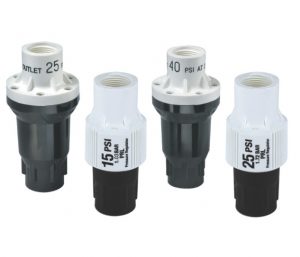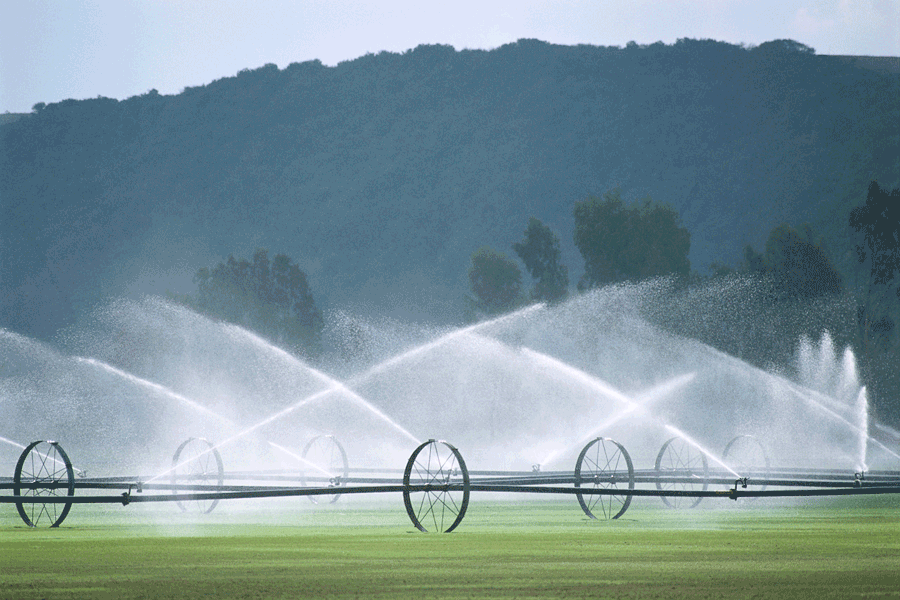 Last week, we began the discussion surrounding smart irrigation and how its various systems help conserve water by meeting the needs of specific landscapes. We explained how weather-based controllers use weather data like temperature, wind, solar radiation, and humidity to adjust irrigation schedules. This time, we’re going to unpack another smart system the True North team is passionate about and takes advantage of: pressure regulators.
Last week, we began the discussion surrounding smart irrigation and how its various systems help conserve water by meeting the needs of specific landscapes. We explained how weather-based controllers use weather data like temperature, wind, solar radiation, and humidity to adjust irrigation schedules. This time, we’re going to unpack another smart system the True North team is passionate about and takes advantage of: pressure regulators.
Sprinkler systems operate best at certain water pressures where the water distribution is most uniform over the target area. If the pressure is too high, the sprinklers have a tendency to mist or fog causing longer run times (to ensure the area is getting enough water) and potential irrigation system damage. Water pressure regulation devices are easily added to valves to control a whole irrigation zone or can be added to individual sprinklers.
So how do they work? Let’s get down to science. A pressure regulator limits excess inlet water pressure to a constant outlet pressure. You need constant outlet pressure to ensure that your sprinkler is performing well. Water travels through the inlet end of the regulator and around a fixed seat into the critical flow area. The water then enters into a hollow cylinder called a throttling stem (or T-stem) which is attached to a larger diaphragm near the outlet end. A spring around the throttling stem tends to hold the flow area open, while water pressure acting on the total diaphragm area tries to close it. This duel always ends in a draw with the outlet (or regulated) pressure being determined by the spring’s compressive strength.
Most sprinklers perform best at a specific pressure level, often lower than your in-line pressure. Not sure what your water pressure is? Connect a water pressure gauge to the outdoor faucets to find out. In-line pressure should be at least 5 psi (0.34 bar) higher than your regulator’s designed outlet pressure. A regulator’s design and the materials used to manufacture it greatly impact its accuracy. Be sure to choose the regulator model that best fits the flow and pressure required for your application.
Schedule a free property assessment today and see what type of smart irrigation technologies could benefit your property!

